So who speaks Russian?
Alongside English, Spanish, and Chinese, the Russian language is one of the most commonly spoken languages on earth. It’s estimated that there are over 258 million people that speak Russian around the world. In this article, we’re going to look into which countries have Russian as the official state language whether they’re recognized states or breakaway countries.
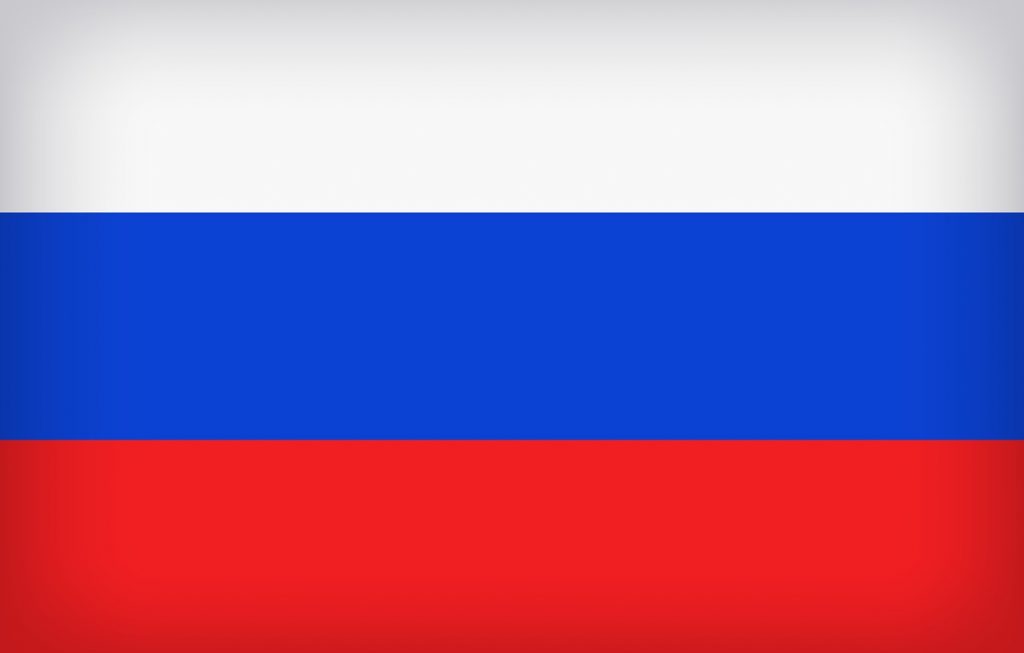
The long reign and expansion of the Russian-dominated Soviet Union led to the Russian language being spread to various corners of the world. As well as being the official language of the Russian Federation, the Russian language is also the official language of post-Soviet states such as Belarus, Kyrgyzstan, and Kazakhstan. Additionally, it’s considered the lingua franca in Ukraine and many former Soviet countries in regions like the Baltics, Central Asia, and the Caucasus, albeit unofficially.
To top it all off, Young Pioneer Tours offers packages to many of the below locations here!
5. South Ossetia
Whilst previously a territory of Georgia throughout the Soviet Union, the collapse of the USSR in the 1990s saw South Ossetia and the newly formed Republic of Georgia go head to head in a series of violent civil wars. The most brutal and well known being the Russo-Georgian War of 2008 that saw South Ossetia gain a form of independence despite being an uneasy and troubled state.
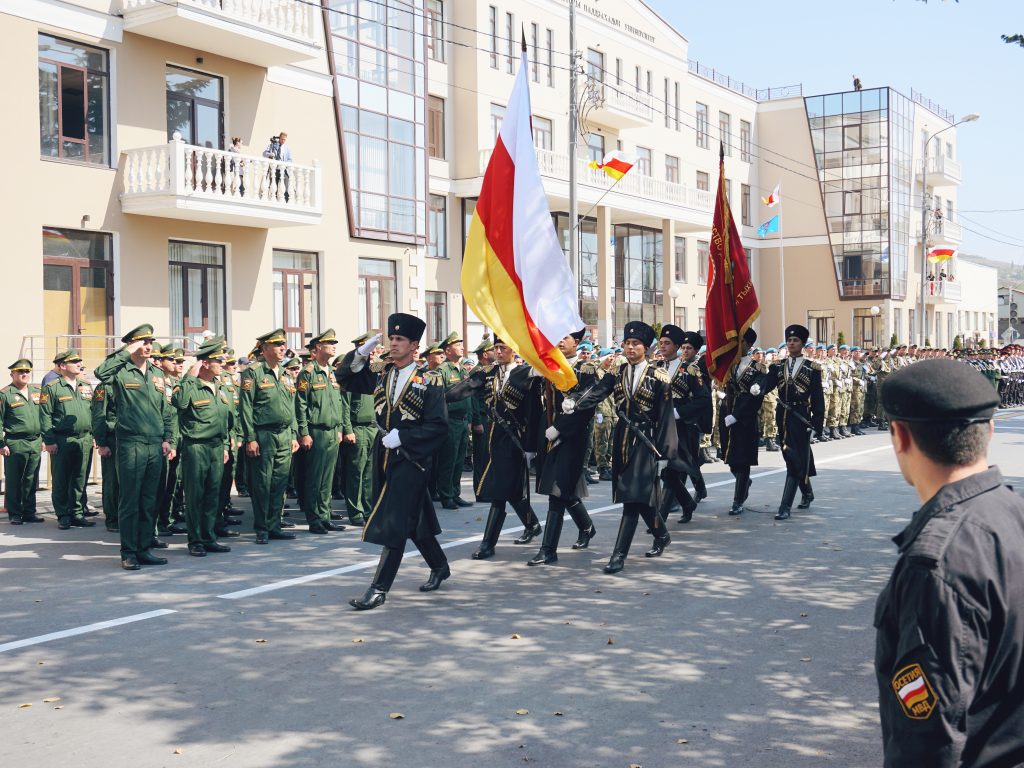
Without Russia, the survival of South Ossetia as well as the ability to achieve independence would have been nigh on impossible. Thus, the Russian language and culture are heavily ingrained in society there. Although many locals speak the ancient Ossetian language with each other, the official state language of this breakaway country is Russian. Did you know that South Ossetia also has a football team? Check it out here.
4. Belarus
With a name that literally translates to ‘’White Russia’’, Belarus is a close ally of the Russian Federation and has been throughout history. Despite being a unique people with a wholly different manner and attitude to that of Russians, the two countries and people have a close bond. The equal suffering endured by Belarus and Russia during WW2 meant that it was one of the privileged Soviet Republics in the post-War years. This geopolitical bond guarantees that officials speak Russian for diplomatic discourse.
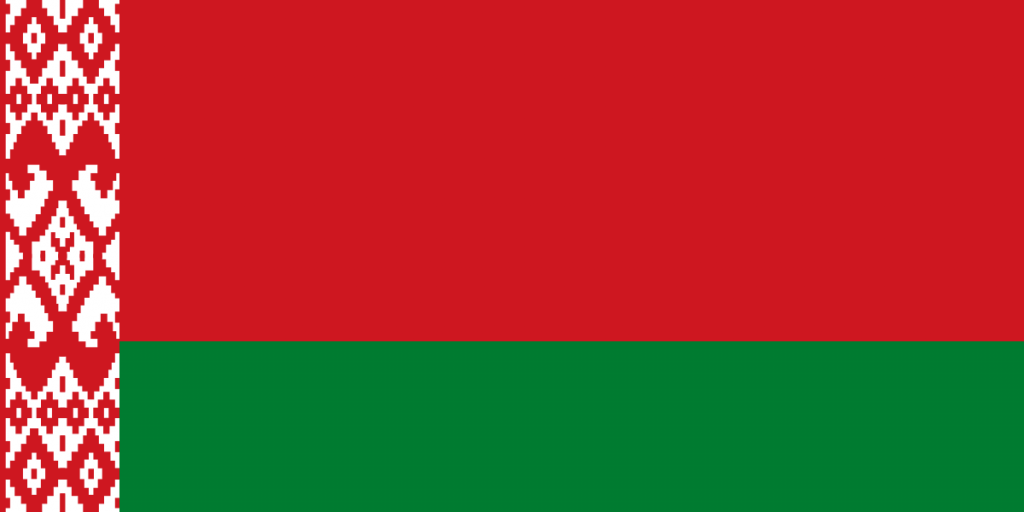
As a result, the official state language of modern Belarus is Russian. It is one of two state languages in the small Central European country and stands alongside Belarussian as the other state language. According to the constitution of Belarus, the two languages are equal to each other.
3. The Donetsk People’s Republic
The Euromaidan revolution in Ukraine in 2014 led to the annexation of Crimea followed by the outbreak of a brutal civil war in the Donbass region. The civil war saw separatists take on the Ukrainian Armed Forces. As a result, the Donetsk People’s Republic formed. It is a self-proclaimed state situated in the eastern Ukrainian region of Donetsk. Today it remains a proto-state which is recognized only by the partially recognized South Ossetia and similarly Russian-backed proto-state Luhansk People’s Republic (LPR).
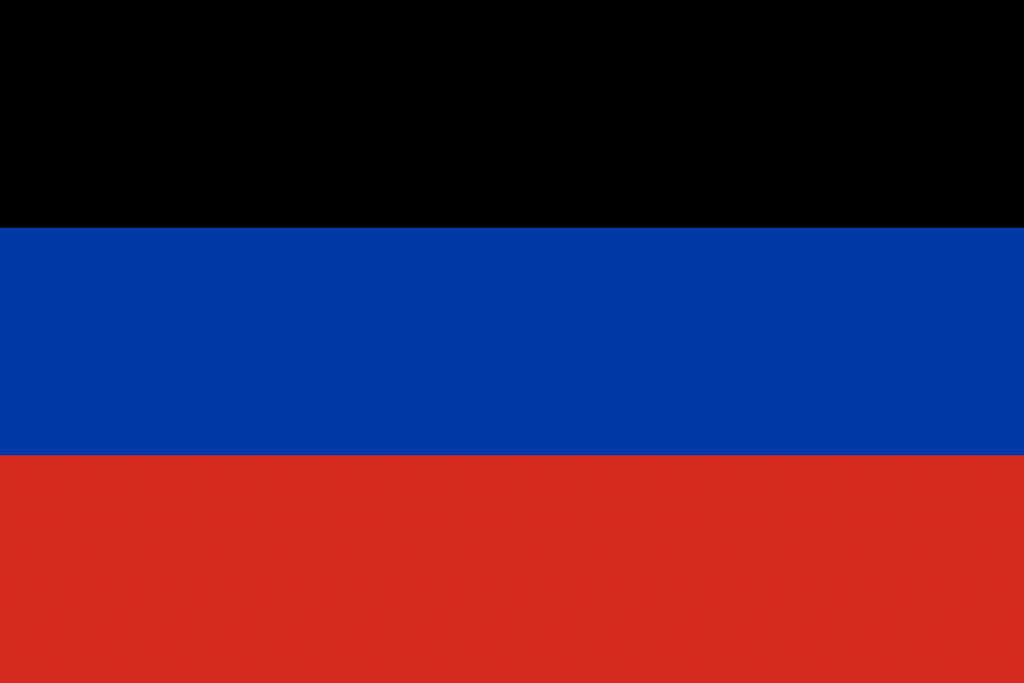
As a result of the Donetsk People’s Republic being heavily supported by Russia and being populated by mostly ethnic Russians living in Ukraine, the official state language of the defacto state of the DPR is Russian.
2. Transnistria
During the collapse of the Soviet Union, the newly independent and majority Romanian speaking Moldova erupted into a civil war with the ethnic Russian population on the right side of the Dniester river. The war resulted in the formation of the separatist state of Transnistria, a Russian speaking territory that remains an unrecognized country to this day heavily supported by Russia.

The war over Transnistria was largely fought over two things, language and culture. The ethnic Russian population couldn’t identify with the Romanian language and culture of the Moldovans and thus sought to carve out their own territory. As a result, Russian is the primary language spoken in the territory today. However, alongside Russian there are two other official state languages of Transnistria: Ukrainian and Romanian, in order to represent the non-Russian minorities who live in the republic.
1.Russia
Last but by no means least, is the motherland of the Russian language: The Russian Federation! Originally, spoken Russian was based on the language spoken by the tribes inhabiting the territory of Kievan Rus. But it was only after adopting the Christian faith that the writing system for Russian was formed through the Cyrillic alphabet in the 9th Century.
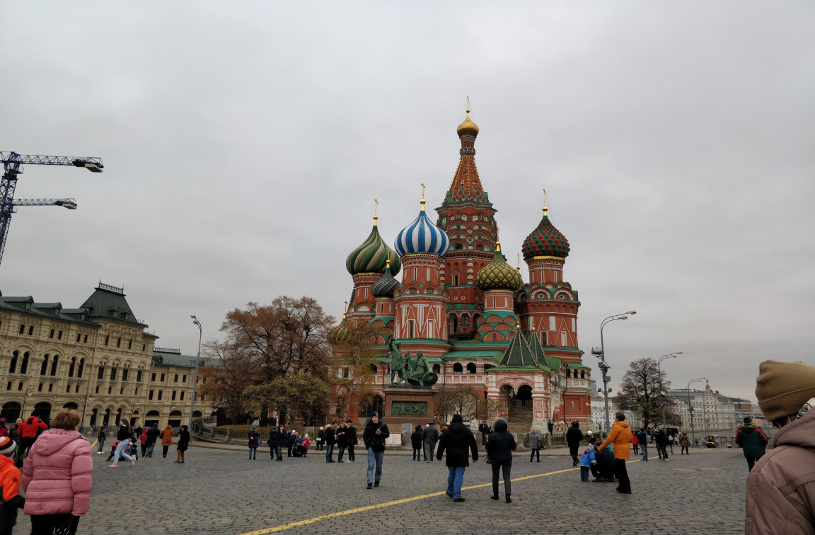
Created by Cyril and Methodius, Cyrillic soon spread across the Slavic world and developed into what is in use today across multiple modern countries. Whilst the citizenry speak Russian as the official language, there are estimated to be over 100 languages spoken in modern Russia.
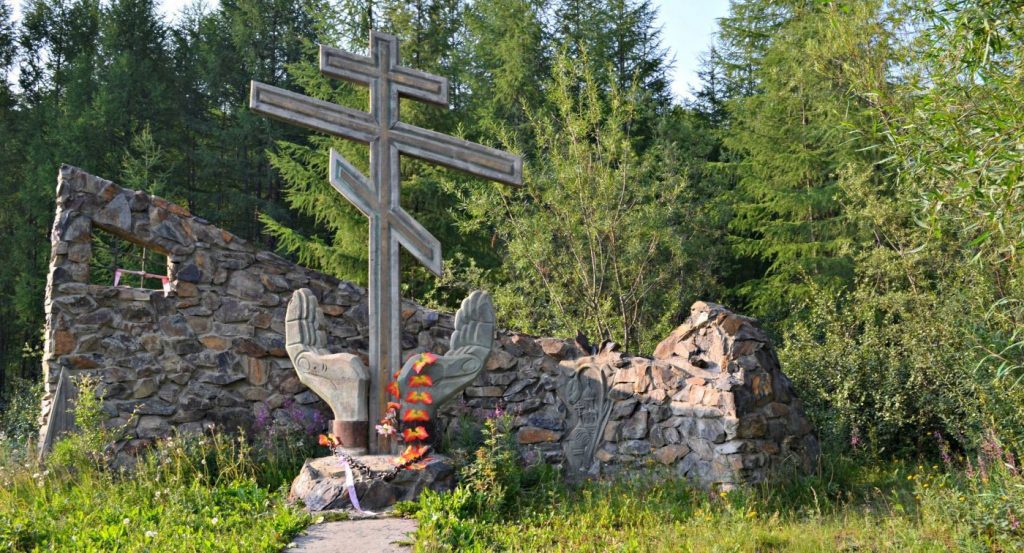
Many of these are spoken in ethnically unique Russian republics and regions such as Buryatia, Chechnya, Ingushetia, Kalmykia, North Ossetia, Dagestan, and Mordovia. Others are spoken by the various migrants living in Russia from across the post-Soviet world such as Ukrainian, Kazakh, Kirghiz, Azerbaijani, Latvian, Finnish, Estonian, Armenian, Georgian, Greek, and more!
Don’t forget to consider touring with us to the former Soviet Republics.





